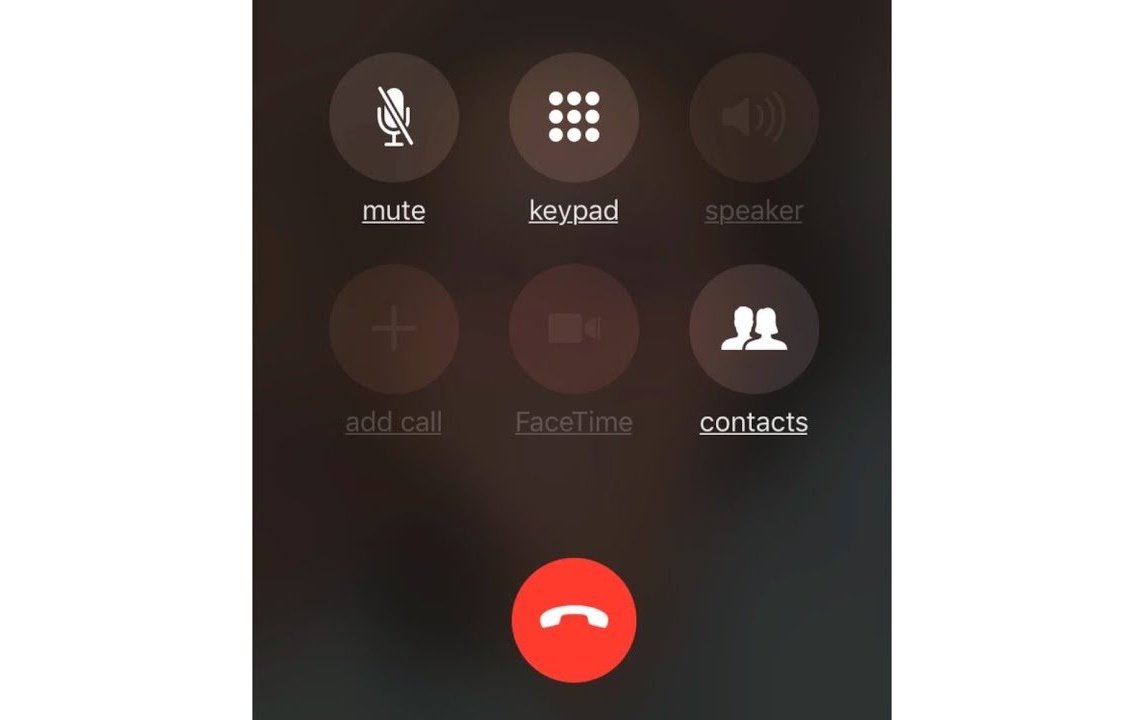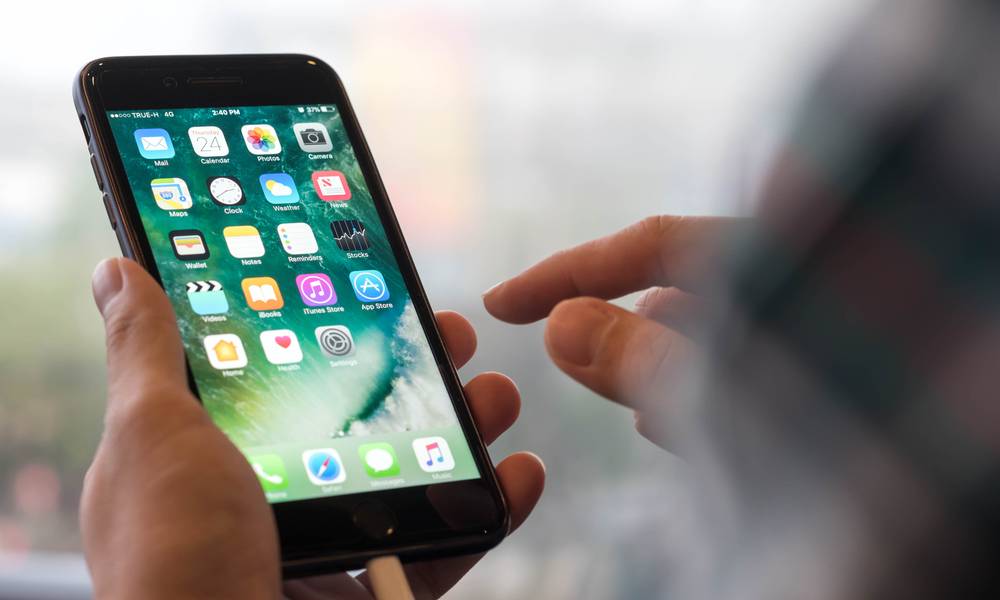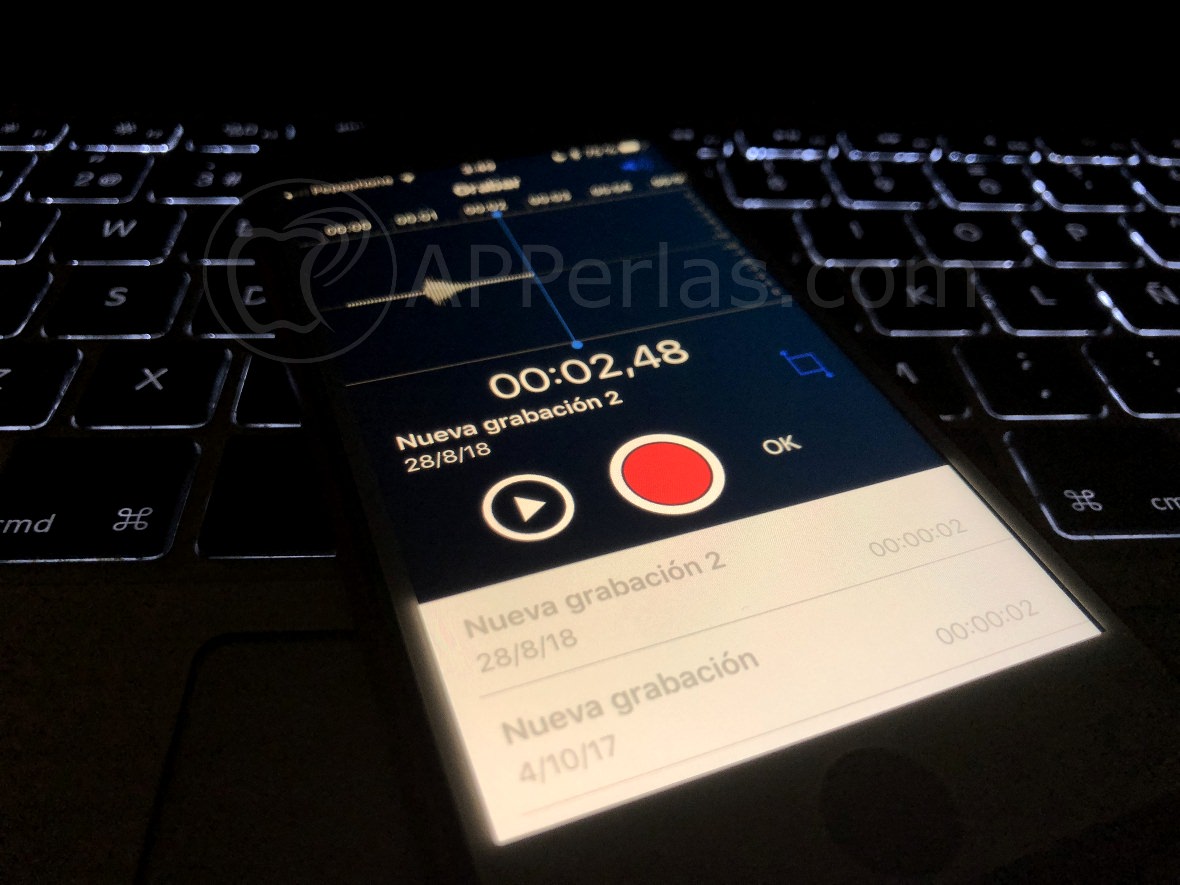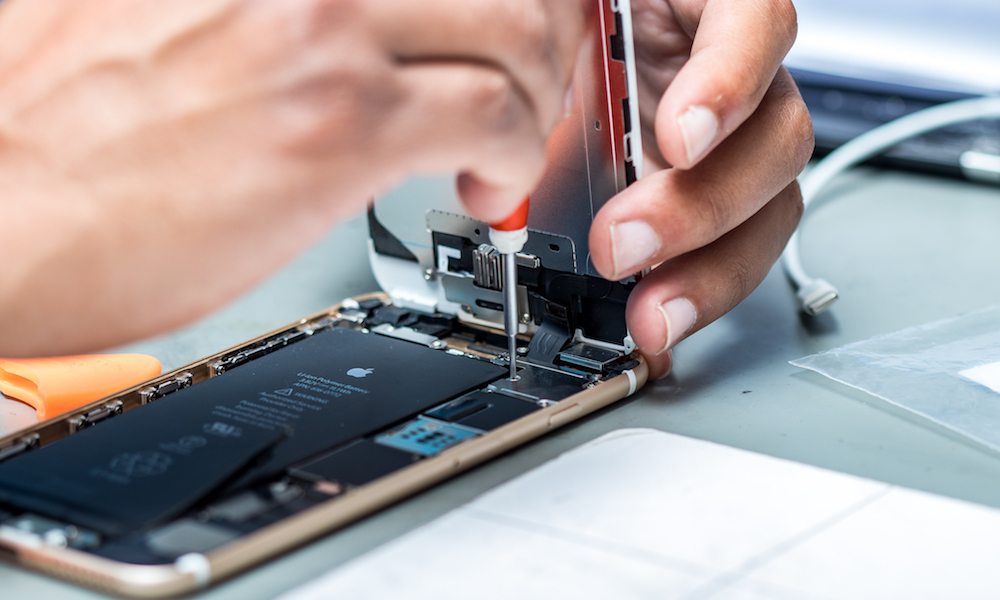Loop Disease? 5 Things to Know About iPhone 7’s Newest Problem
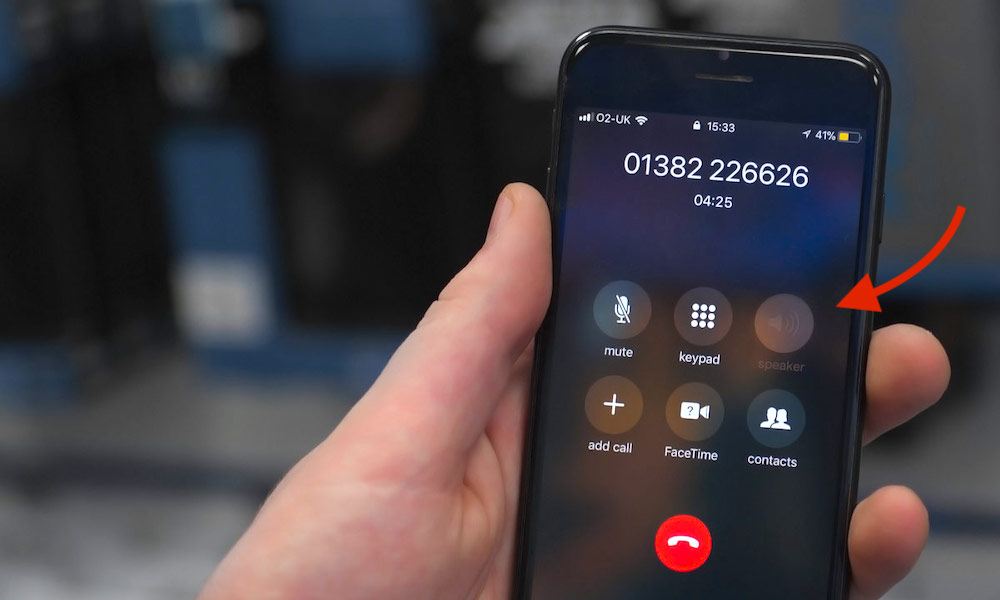 Credit: FoneFixIt
Credit: FoneFixIt
Loop disease may sound like something caused by playing a song too many times in a row, but it's actually a growing problem reported by many iPhone 7 and iPhone 7 Plus owners. Named after a similar problem called "touch disease," loop disease is reportedly a set of audio-related bugs and issues affecting an indeterminate amount of iPhone 7 and iPhone 7 Plus models. Continue reading to learn everything you need to know about it.
The Symptoms
The first step to knowing if your iPhone has loop disease is to know the symptoms. While it’s generally an audio-related bug, loop disease can unfortunately be tied to a range of symptoms that can impact how you use your device. Be aware if you start noticing any of these on your own iPhone 7 or 7 Plus.
- Poor audio quality across iOS. More specifically, it could cause crackling or just generally strange audio and speaker behavior.
- Inability to be heard on phone calls, or other issues with the device’s microphone.
- A grayed-out speakerphone icon during phones call.
- Certain audio-based apps, like Voice Memos, being inaccessible. (Also grayed out.)
- Random but consistent iPhone freezing.
- iPhone getting stuck on the Apple logo during boot up. Sometimes indefinitely.
It May or May Not Be Hardware-Based
Some sources indicate that loop disease symptoms are caused by a software-related issue. You may want to try adjusting the Ring/Silent and volume settings on your device. A hard restart and resetting the settings (Settings > General > Reset > Reset All Settings) on your device could also help.
Unfortunately, loop disease can also reportedly be caused by a hardware issue. Specifically, one repair shop told Consumer Affairs that loop disease is a symptom of the audio chip on an iPhone’s motherboard coming loose. And this is the worst case scenario, since a hardware-related issue won’t be readily fixable by the end user.
It's Fairly Widespread
There have been a slew of recent reports indicating loop disease in iPhone 7 and 7 Plus models. While it doesn’t appear to impact everyone iPhone 7, it affects enough of them to be a concern. One repair shop owned told Motherboard that she’s seen an “epidemic” of loop disease over the past few months.
The uptick in audio-related problems on those devices may be tied to the fact that many specific iPhone 7 models in the wild are aging. The fact that it's relatively common could, unfortunately, indicate that there may be an actual hardware or component flaw inherent to the iPhone 7 lineup. Alternatively, like with touch disease, it could just be a side effect of component aging.
Try Software Fixes, Because It Isn’t Cheap to Repair
Of course, you may not actually be experiencing loop disease on your own device. Certain symptoms may actually just be caused by software bugs or other routine issues. Because of that, you'll want to try the software-based fixes mentioned in slide #4. But if all else fails, it may indicate that your iPhone 7 actually has a loose audio chip.
Unfortunately, a loose audio chip isn’t cheap to fix. According to Consumer Affairs, repairs can cost anywhere from $79 for a “quick fix” to $180 for a future-proofed solution — which could mitigate any risk of loop disease in the future. If your iPhone is still under warranty or AppleCare+, you may be able to get it repaired by Apple for free.
Apple May Be Hit With a Lawsuit Over It
Loop disease seems to be a common enough issue that it’s attracted the attention of a class action lawsuit investigation. The suit is apparently being forward by, appropriately enough, a firm called TopClassActions.com. The site alleges that Apple is "refusing to take responsibility for it."
Of course, people sue Apple quite frequently for a variety of reasons. So there’s no guarantee that the class action lawsuit will actually gain any sort of traction.

